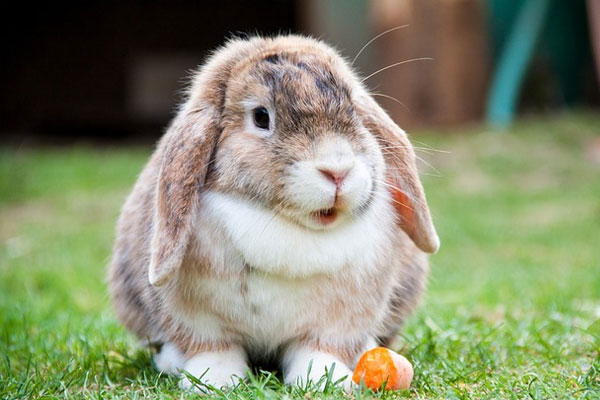Rabbit
Scientific Name:
Oryctolagus cuniculus (European rabbit, the most commonly known species)
Oryctolagus cuniculus (European rabbit, the most commonly known species)
Family: Leporidae
Order: Lagomorpha
Physical Description
Size: Domestic rabbits can vary widely in size, ranging typically from 20 to 50 centimeters (8 to 20 inches) in length and weighing from 0.5 to over 4 kilograms (1 to over 9 pounds).
Weight: Wild rabbits usually weigh between 1.2 to 2.5 kilograms (2.6 to 5.5 pounds).
Appearance: Rabbits have a compact body with long ears which can be as long as 10 cm (4 inches), and powerful hind legs. Their coat comes in a variety of colors and patterns. The tail is short and often appears as a white puff, known as a "scut."
Habitat and Distribution
Habitat: Rabbits are adaptable and can inhabit a range of environments including meadows, woods, forests, grasslands, deserts, and wetlands. European rabbits are native to Europe and parts of Africa.
Distribution: While originally native to southwestern Europe and parts of Africa, domestic and feral European rabbits are now found worldwide.
Behavior
Diet: Rabbits are herbivores, primarily feeding on grass, forbs, and leafy weeds. In winter, they survive on woody material.
Social Structure: Rabbits are social creatures and live in large groups called colonies. Wild rabbits live in complex burrow systems called warrens.
Reproduction: Rabbits are known for their remarkable reproductive rate. Females can give birth to multiple litters each year with each litter having up to 12 young, though the average is 4 to 7.
Conservation Status
Threats: Rabbits are threatened by habitat loss, diseases like myxomatosis and Rabbit Haemorrhagic Disease (RHD), and predation by other animals. Feral rabbits can also become invasive species and a nuisance in areas where they are not native.
Conservation: In their native habitats, conservation efforts focus on habitat management and disease control. In areas where they are considered invasive, control measures are often implemented.
Interesting Facts
Rabbits have a unique digestive system, employing a process called hindgut fermentation. They eat their own droppings to digest their food further and extract sufficient nutrients.
The rabbit's long ears can be rotated 270 degrees to help detect predators.
Rabbits communicate using a variety of sounds, from purring to indicate contentment to loud thumping with their hind legs as an alarm signal.

Комментарии
Отправить комментарий